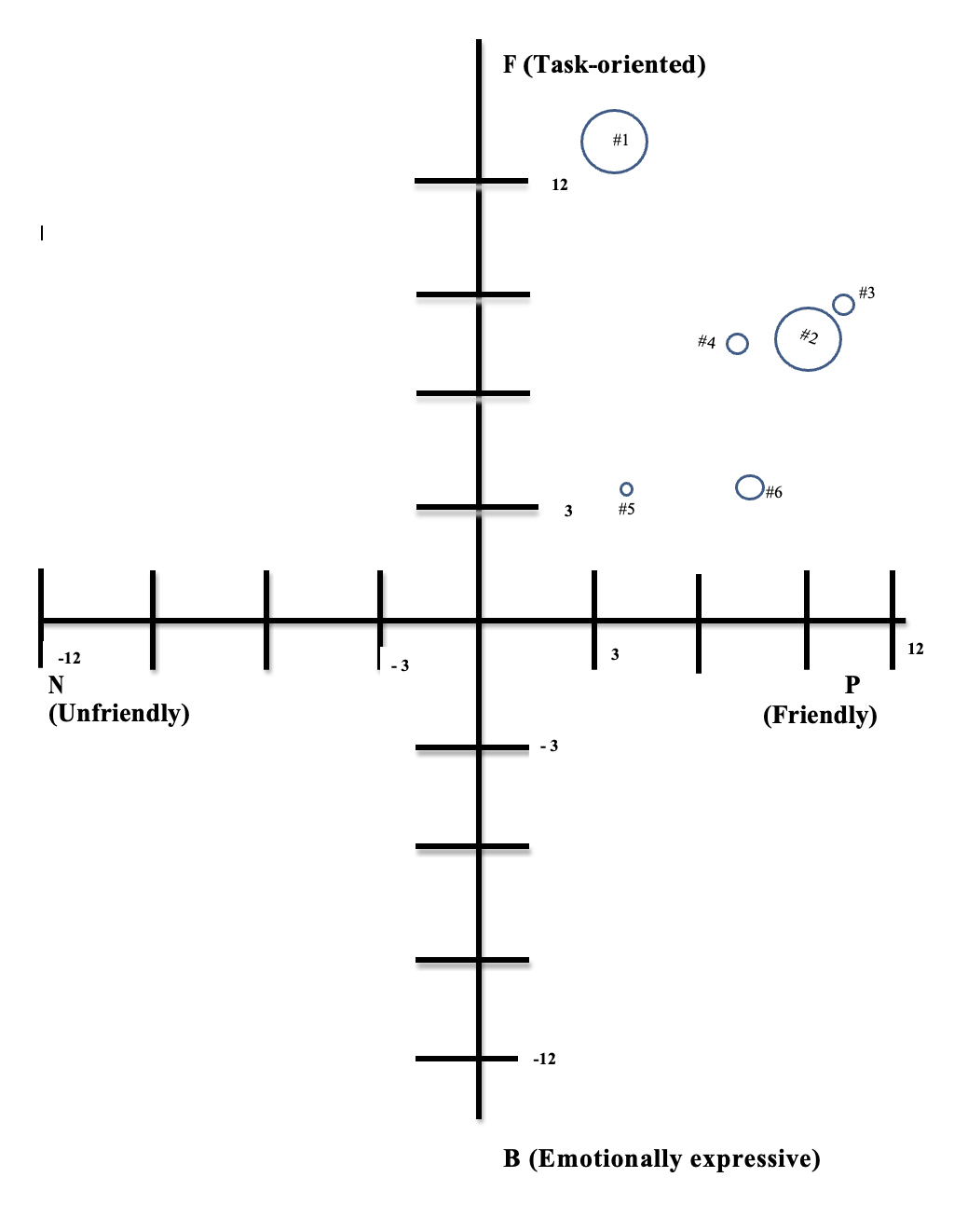-
Step 1
Name your group
Something descriptive of who you are and/or the goals you hope to meet.
-
Step 2
Decide 3-5 norms/rules that everyone should be expected to follow
These should clarify expectations about how to use time, how to make decisions, and/or what your group values.
-
Step 3
Decide 2-3 goal(s) of the group
What do you hope to accomplish as a group?
-
Step 4
Decide who will play what roles
1. Organizing – Keeps track of tasks, deadlines and assignments; keeps group on task.
2. Envisioning – Helps generate new ideas, links solutions/suggestions to innovate.
3. Spanning – Connects with others outside the group.
4. Social – Pays attention to relationships within the group, makes sure everyone has a chance to participate; defuses conflict; adds humor. -
Step 5
Determine tasks to be accomplished with deadlines
-
Step 6
Decide who will undertake each of those tasks
-
Step 7
Understand your group.
Now that your group is “rolling,” consider from time to time, getting to know each other by comparing notes about the self-quizzes given below. Everyone should choose the same ones to do and be comfortable talking about their results.
Picturing your group: SYMLOG
The SYMLOG "maps" where group members typically fall on three dimensions: Task-oriented vs. Emotionally expressive, Friendly vs. Unfriendly, and Dominant vs. Submissive Understanding how people tend to operate can help you know what to expect from each other as well as consider how you can help each other contribute productively to the group.
1. Each person should complete the abbreviated SYMLOG form and then calculate where they lie on the each axis as well as how large their circle should be.
2. Create a document similar to this graph in a shared space (Brightspace, Google Docs, OneDrive, Teams) so everyone can add their circle to the graph.
ADDITIONAL DISCUSSION QUESTIONS
1. What should people who have very large circle compared to others consider to work effectively in a team?
2. What should people who are very task-oriented keep in mind when working with others who are very emotionally expressive?
3. If you have people who are more on the “unfriendly” side (meaning, they are not generally interested in socializing during task groups), how can they contribute effectively to the group? What about those on the "friendly" side? How can they contributee effectively?
